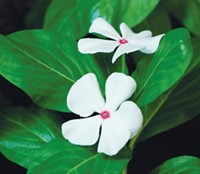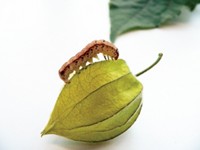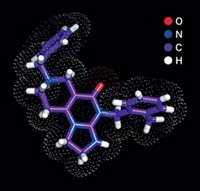Advertisement
Grab your lab coat. Let's get started
Welcome!
Welcome!
Create an account below to get 6 C&EN articles per month, receive newsletters and more - all free.
It seems this is your first time logging in online. Please enter the following information to continue.
As an ACS member you automatically get access to this site. All we need is few more details to create your reading experience.
Not you? Sign in with a different account.
Not you? Sign in with a different account.
ERROR 1
ERROR 1
ERROR 2
ERROR 2
ERROR 2
ERROR 2
ERROR 2
Password and Confirm password must match.
If you have an ACS member number, please enter it here so we can link this account to your membership. (optional)
ERROR 2
ACS values your privacy. By submitting your information, you are gaining access to C&EN and subscribing to our weekly newsletter. We use the information you provide to make your reading experience better, and we will never sell your data to third party members.
Biological Chemistry
Insect's Venom Eyed For Cancer Defense
August 13, 2007
| A version of this story appeared in
Volume 85, Issue 33
Camouflage is not the only trick Madagascar walkingsticks use to thwart their enemies. These insects also spray a defensive fluid, and Arthur S. Edison of the University of Florida and coworkers hope the fluid's key component, parectadial (shown), will ward off a human enemy: cancer. The researchers detail the discovery and characterization of parectadial along with their development of a synthetic route to the monoterpene (J. Nat. Prod., DOI: 10.1021/np070151g). Parectadial is structurally similar to perillyl alcohol, a plant-derived compound that has been investigated for anticancer activity. That structural similarity prompted Edison and coworkers to test parectadial's effect on tumor cells. Preliminary unpublished results indicate that the compound also has anticancer activity, leading the researchers to file a patent on parectadial.





Join the conversation
Contact the reporter
Submit a Letter to the Editor for publication
Engage with us on Twitter